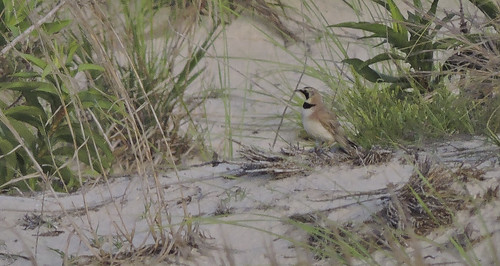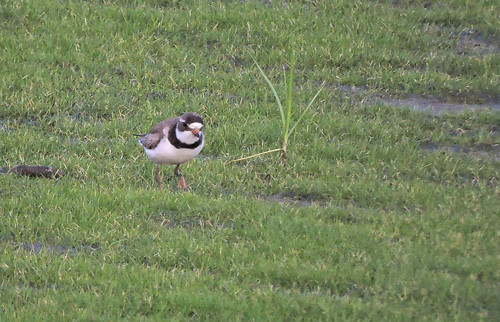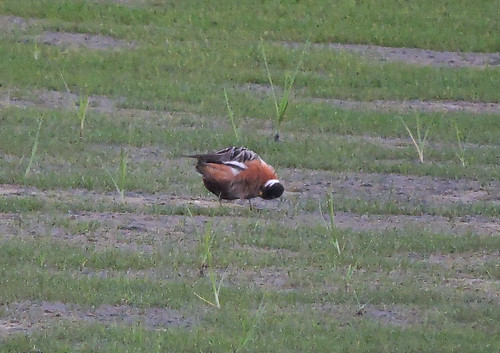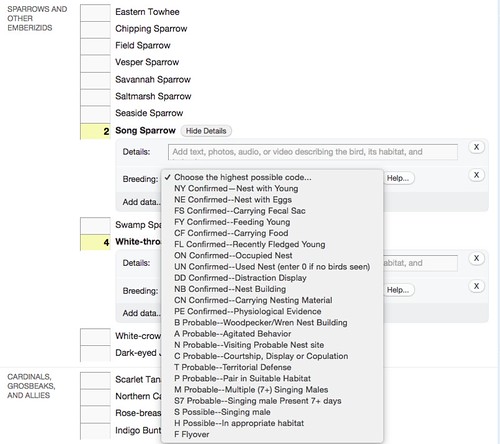Once again, kind reader it's time to review the year in birding terms!
So that's it. Tonight at midnight, the slate will be wiped clean and every birder's year lists will stand at zero. And the next morning (or right then at midnight, if you're truly obsessive) we will encounter the magical first bird of 2016.
The most popular end-of-year bird blog posts are the "Best Birds of 2015" lists. Without a doubt, my best birds of the year in terms of rarity are as follows, in chronological order:
- Seeing the Cassin's Kingbird at Floyd Bennett Field in Brooklyn was an unforgettable experience. The bird was the 2nd state record for New York, and birders tramped from all around the Eastern seaboard to see it. Read my full coverage of the bird here.
- Then there was the Red Phalarope that turned up at Jones Beach. I went and got the bird just as the sun was setting, after about an hour wandering in the dunes wondering where in the world I was going. Read my account of the twitch here.
- And of course, who could forget the Painted Bunting in Prospect Park in December 2015, the bird that drew national attention and was covered by several major news outlets. As I write, the bird is still hanging around in the same spot, so if you haven't already, go see it! You can read my post about the bird here.
Of course, I have many other noteworthy memories from 2015, such as finally getting the Snowy Owl, attending the New York Birder's Conference and doing a fundraising Big Day for the New York State Young Birders Club.
But I was happy to end the year on a positive note, taking my last birding trip of 2015 with a couple young kids who had recently gotten interested in birds. We covered the Hempstead Harbor, one of my favorite spots for winter waterfowl, and while it wasn't a spectacular day, we did turn up some interesting things, such as a rather large flock of Laughing Gulls, unusual for New York in December.
 |
| This White-breasted Nuthatch was camera shy. |
 |
| I even taught them how to digiscope! |
So that's it. Tonight at midnight, the slate will be wiped clean and every birder's year lists will stand at zero. And the next morning (or right then at midnight, if you're truly obsessive) we will encounter the magical first bird of 2016.
Happy New Year and Good Birding to All!















































